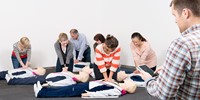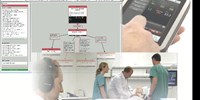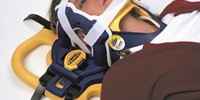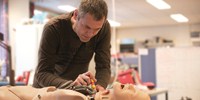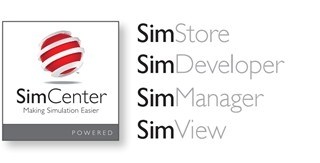Realistic anatomy and clinical functionality for infant care
Airway ManagementTraining of all aspects of infant airway management including positive pressure ventilation, insertion of LMA’s, and ET Tubes. The anatomy can be dramatically changed to represent conditions such as tongue edema, pharyngeal swelling, and laryngospasm. |
 |
BreathingSimBaby can simulate spontaneous breathing patterns with variations in depth and rate, and complications such as retractions and see-saw breathing. Critical conditions such as tension pneumothorax can be simulated and managed through needle thoracentesis, and chest tube insertion. During hypoxic conditions SimBaby will present cyanosis in the mouth region. |
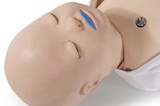 |
CirculationThe blood pressure can be adjusted and measured manually by auscultation of Korotkoff sounds. Pulses can be assessed at the radial, brachial, and femoral pulse points. |
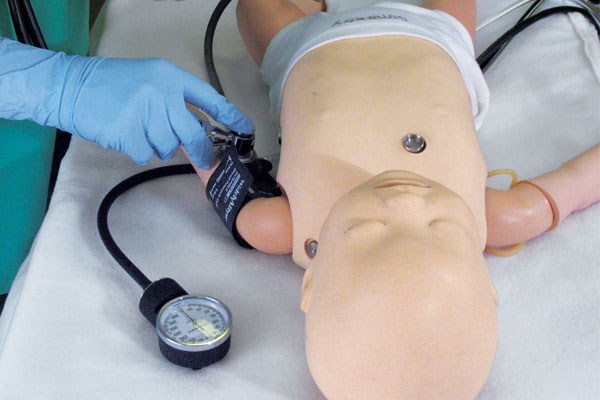 |
DefibrillationSimBaby allows for live defibrillation, pacing, and synchronised cardioversion. |
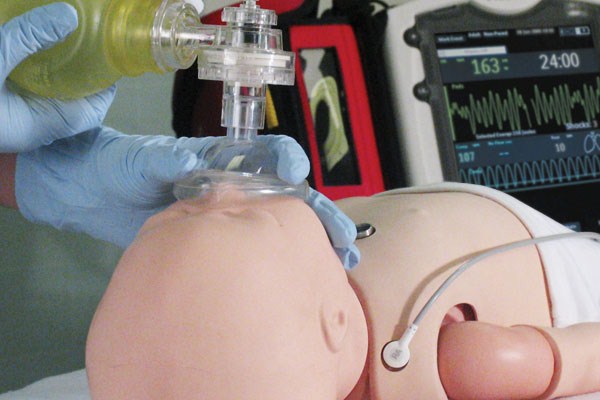 |
Vascular AccessSimBaby has an IV arm and bilateral IO/IV legs, which can be connected to reservoirs to allow for volume infusion and blood sampling. |
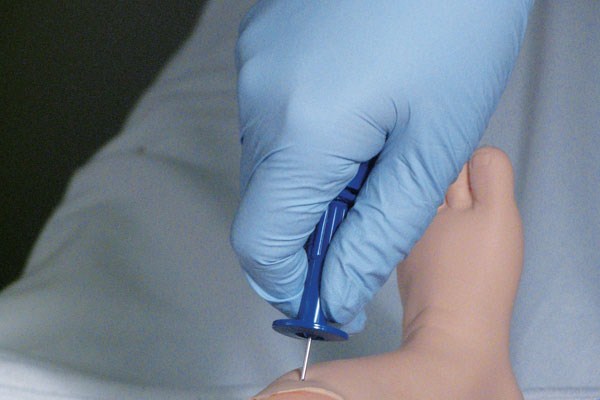 |
AnatomyWith lifelike traits such as a fontanel that can be adjusted to present as normal or bulging and torso motion to simulate seizure, SimBaby helps healthcare providers recognise and manage pediatric emergencies. |
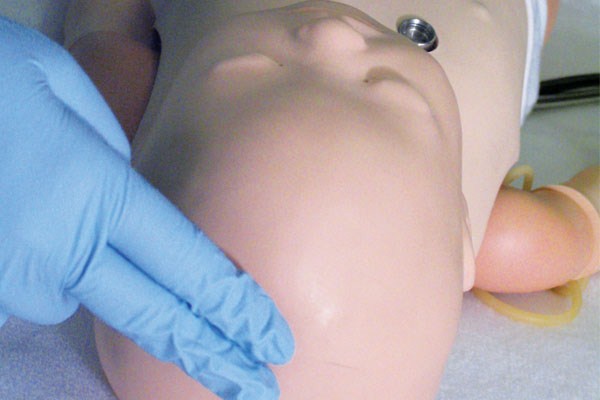 |
Train with pediatric scenarios developed by industry leaders
A wide range of training scenarios can be developed and purchased using SimCenter.
Many scenarios are mapped directly to standards such as Advanced Life Support (PALS) and the American Heart Association 2010 guidelines and include simulation support materials such as:
- A case overview
- Set up and preperation checklists
- Learning objectives
- A patient history
- A debriefing guide.
You will find a wide range of scenarios that have been developed specifically for the SimBaby at www.mysimcenter.com.
Simple operation with LLEAP
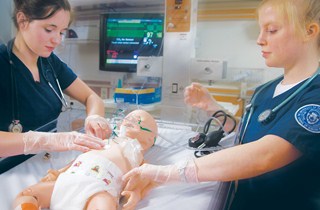
SimBaby uses LLEAP software which is easy to operate and allows users to build their own scenarios or utilise validated SimStore content.
LLEAP software communicates directly with the manikin to automatically generate a real-time event log. This is synchronised to the patient monitor and in-room video to optimise the simulation and aid in debriefing.
A touchscreen patient monitor provides 12 lead ECGs, SpO2, Hemodynamic pressures, Cardiac Output and several other parameters. Set waveform parameters, alarm functions and screen layouts. X-rays, lab results and videos can also be displayed on the patient monitor.

 Poland
Poland
